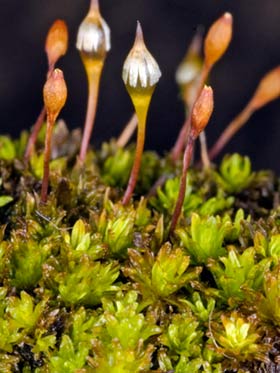
image from: https://www.nzpcn.org.nz/flora/species/macromitrium-brevicaule/
Macromitrium Brid.: The Fascinating Moss of the Orthotrichaceae Family

image from: https://indiabiodiversity.org/species/show/242660
Introduction
Mosses are often overlooked, but they play crucial roles in ecosystems around the world. One particularly interesting genus of moss is Macromitrium Brid., also known simply as Macromitrium. This moss belongs to the Orthotrichaceae family and has some unique characteristics worth exploring. In this blog post, we’ll dive into the world of Macromitrium moss and discover what makes it so fascinating.
Background
Macromitrium is a genus of

image from: https://www.inaturalist.org/taxa/64084-Macromitrium
moss in the Bryophyta phylum and Bryopsida class. The Orthotrichaceae family, to which Macromitrium belongs, contains around 900 species found worldwide. Mosses in general are non-vascular plants that lack true roots, stems, and leaves. Instead, they have leaf-like structures called phyllids that absorb water and nutrients.
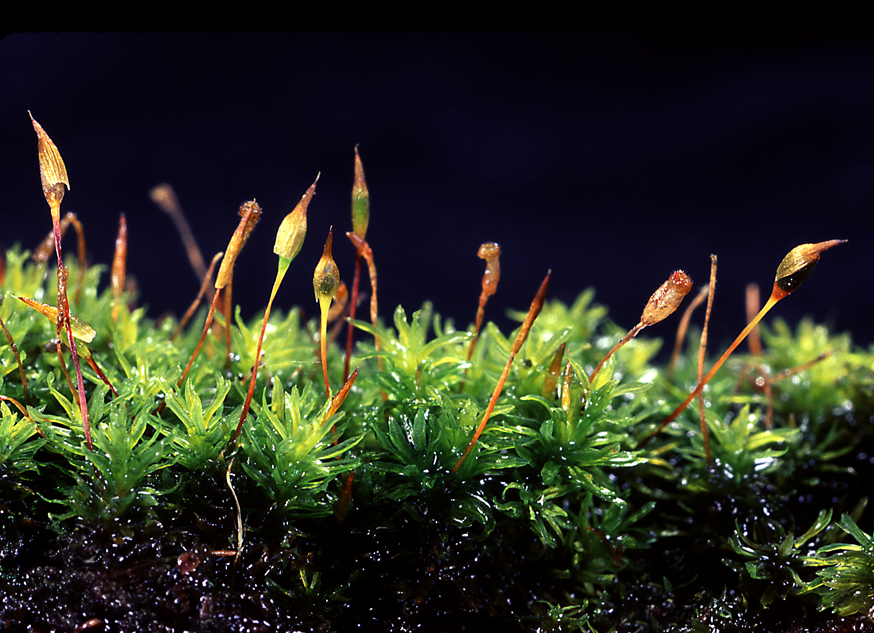
image from: https://www.anbg.gov.au/abrs/Mosses_online/47_Orthotrichaceae_images.html
Morphology and Identification
Macromitrium mosses are acrocarpous, meaning they produce sporophytes at the tips of their stems. They form tufts or cushions on various substrates like tree bark, rocks, and soil. The phyllids are often
image from: https://www.researchgate.net/figure/Mosses-photographed-in-situ-in-the-Taita-Hills-A-Breutelia-stuhlmannii-JR13902-B_fig2_334452502
lanceolate (lance-shaped) and have a single costa
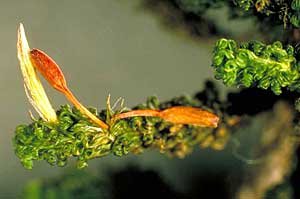
image from: https://www.anbg.gov.au/bryophyte/life-cycle-sporophyte-dev-mosses.html
(midrib). The capsules
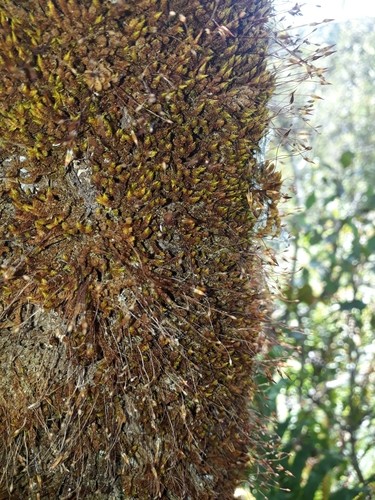
image from: https://www.picturethisai.com/care/Macromitrium.html
are usually exserted above the perichaetial leaves on a seta (stalk). Macromitrium capsules are notable for having a peristome, a ring of tooth-like structures that controls spore dispersal.
| Characteristic | Description |
|---|---|
| Growth form | Tufts or cushions |
| Phyllid shape | Lanceolate |
| Costa | Single |
| Capsule | Exserted on seta, with peristome |
Global Distribution and Habitat
Macromitrium mosses have a wide global distribution, found on every continent except Antarctica. They are most diverse in tropical and subtropical regions, especially in rainforests. Macromitrium species grow on various substrates, including tree bark (epiphytic), rocks (epilithic

image from: https://theconversation.com/the-secret-world-of-moss-ancient-ancestor-of-all-plants-and-vital-for-the-health-of-the-planet-205048
), and soil (terrestrial). Some species have specific habitat preferences, while others are more generalist.

image from: https://inaturalist.nz/observations/88236610
Ecological Roles and Adaptations
Like other mosses, Macromitrium plays important ecological roles. They help retain moisture, prevent soil erosion, and provide
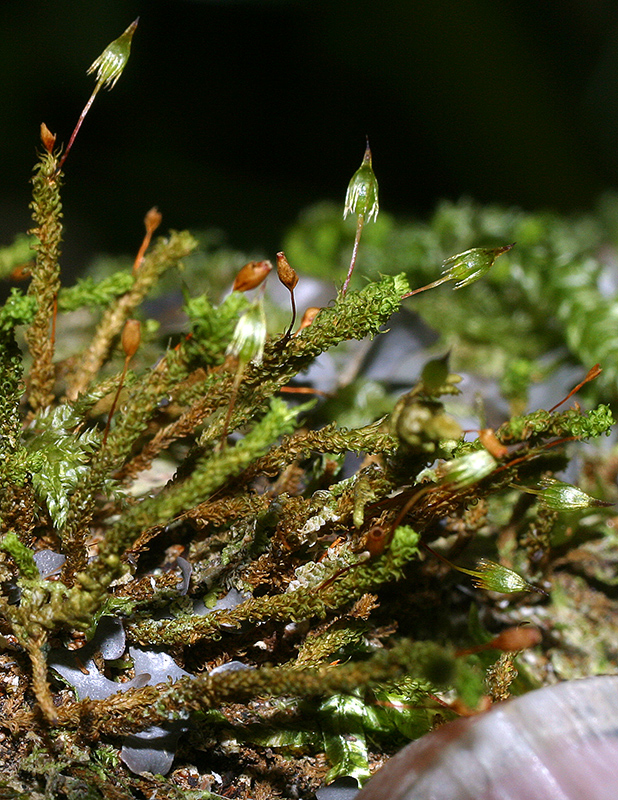
image from: https://www.nzplants.auckland.ac.nz/en/about/mosses/native-species/orthotrichaceae/macromitrium-gracile.html
habitat for micro-organisms. Some species have adaptations that allow them to thrive in harsh conditions. For example, M. prorepens can survive extreme desiccation by curling its phyllids to reduce water loss. Other species have water-repellent surfaces that help them shed excess water.
Conclusion
Macromitrium mosses may be small, but they are mighty in their own way. From their global distribution to their ecological importance, these fascinating plants deserve more attention. Next time you’re out in nature, take a closer look – you might just spot a Macromitrium moss making its mark on the world. What other overlooked organisms in your environment have an outsized impact?